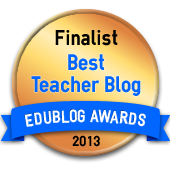Lots of you wonder how much you should write for each of the sections and most teachers will say it depends on the student, on the question etc..
I’ll give you some general guidelines courtesy of my mate Benny who corrects Leaving Cert Hons English every year (those doing ordinary level will probably write less for some sections).
Paper 1
Comprehension answers:
10 marks = half page
15 marks = three quarters to one page
20 marks = one to one and a half pages
Question B = one and a half to two pages.
Depends on task. Language of information asks to you be direct, succinct and get to the point so a report, set of guidelines, leaflet might be a page or just over. However, a general guideline suggests two pages – and when you’re counting, don’t include the addresses in a letter. They don’t count as half a page!
Composition = 4 to 6 pages. Quality is more important than quantity. Don’t write so much that the reader gets bored and wishes it was over.
Paper 2
Single Text = 4 – 5 pages. Beyond 6 and you’re probably just waffling.
Comparative = 5 – 7. Anything less is flimsy. You do have 3 texts after all.
Unseen poetry = Page and a half maximum.
Studied poetry = 4 pages.
Obviously some people write slow, some fast, some big, some small. The important thing is that the examiner sees you are focused on the question and organised in your approach. Don’t waffle.
Oh and one more thing! Bear in mind that the average number of words per line is 10-12. Now grab a copy, any copy and count your words – how many do you usually have per line?
If it’s 8 or less your writing is very big
so you may need to write a bit more.
If it's more than 15 your writing is very small and it may seem like
you haven't written enough. Start skipping a line between paragraphs!





